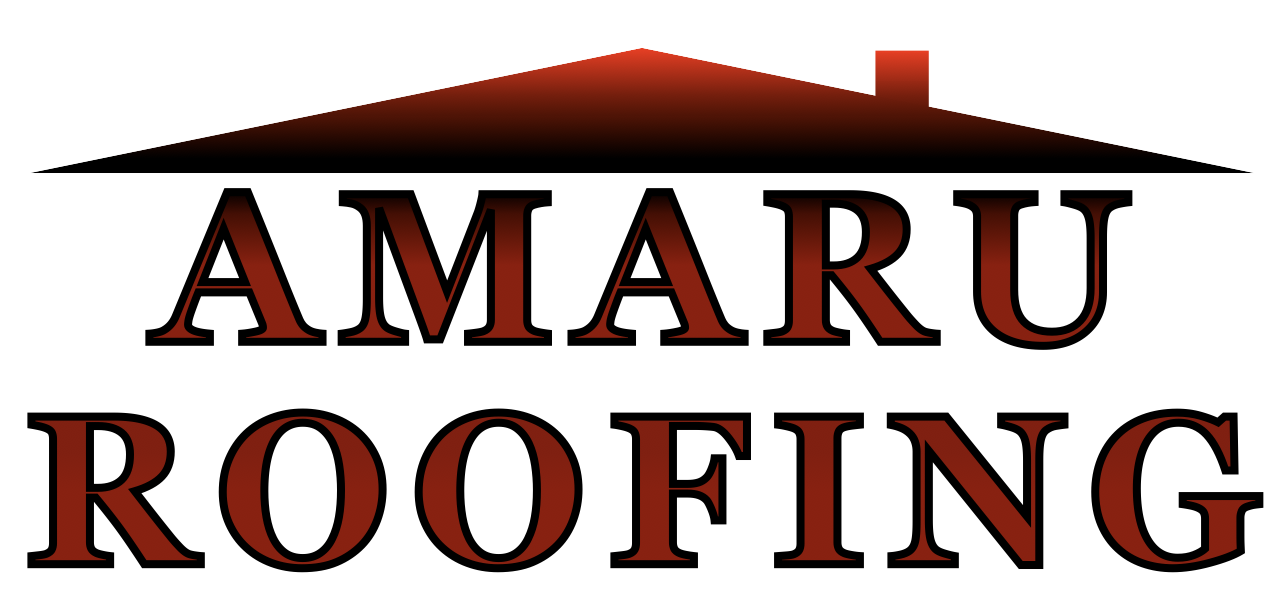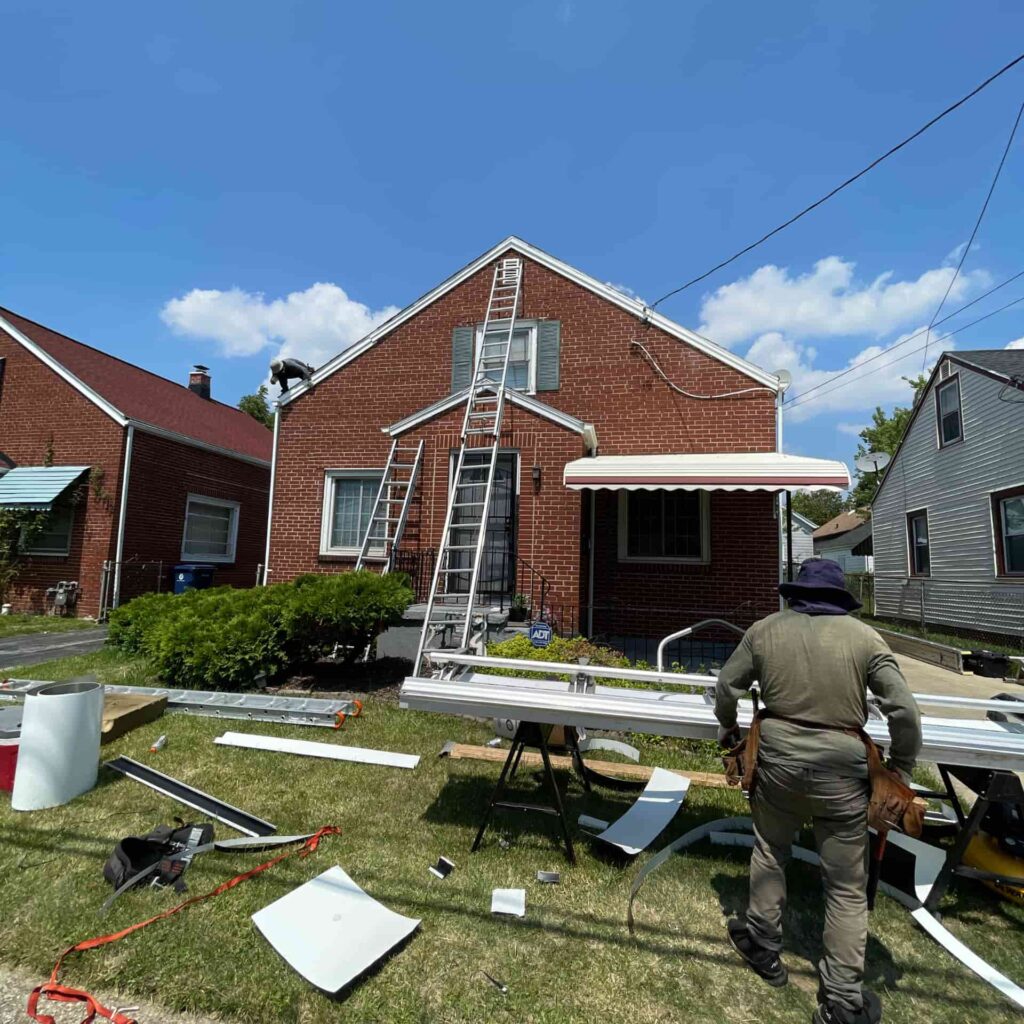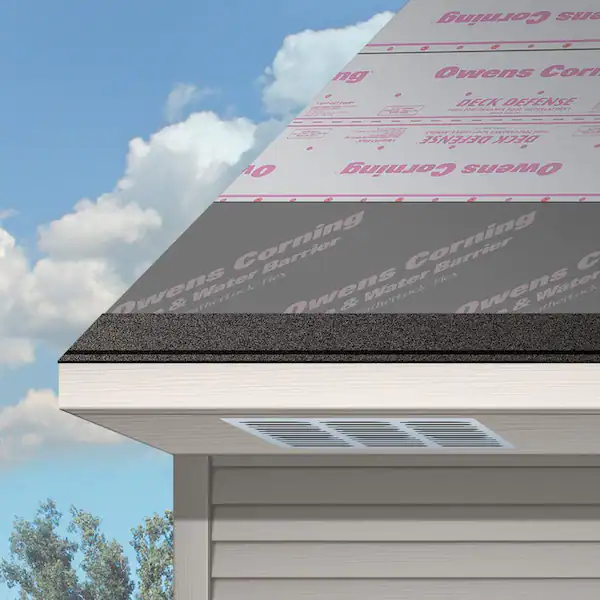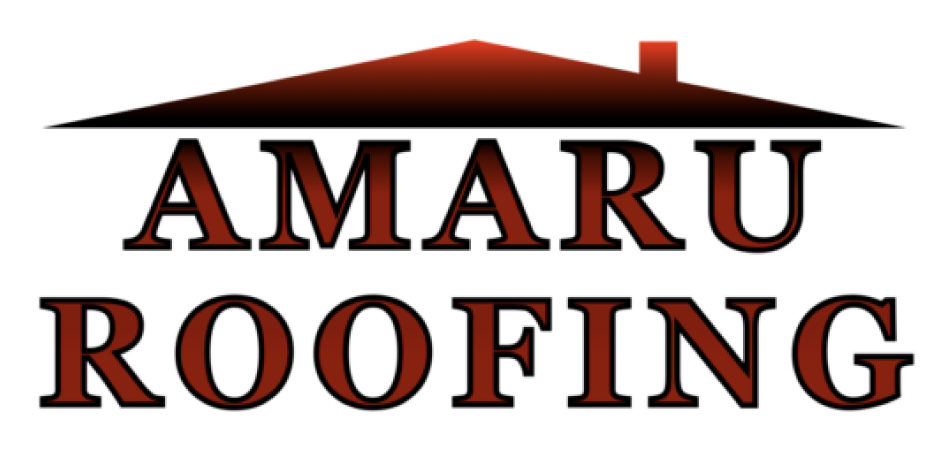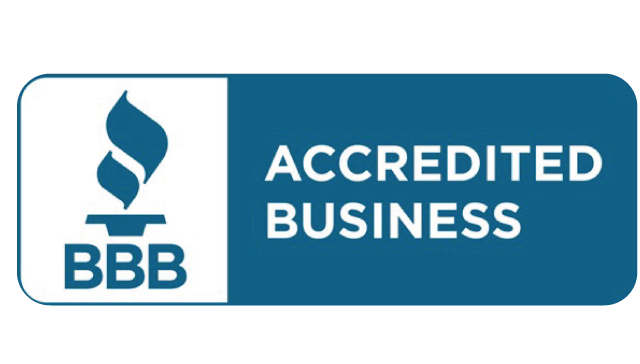Types of Storm
Damage That Can
Affect Your Roof

Types of Storm Damage That Can Affect Your Roof
At Amaru Roofing, we understand how devastating storms can be to your home, especially your roof. Your roof is your first line of defense against harsh weather conditions, and when storms strike, it’s often the most affected part of your property. Identifying storm damage early can save you from costly repairs and keep your home safe and secure. Below, we’ll explore the most common types of storm damage your roof may face.
Protect Your Home with Amaru Roofing!
Storm damage is not always easy to spot, but addressing it promptly is crucial to maintaining your roof’s integrity. If your roof has been impacted by a storm, don’t wait—call the experts at Amaru Roofing. for a FREE Inspection and reliable repairs.
contact us today!
Wind Damage
High winds can wreak havoc on your roof, especially during severe storms. Strong gusts can:
- Tear off shingles: Leaving the underlayment exposed to water and UV rays.
- Curl or lift shingles: Weakening their ability to protect your home from leaks.
- Damage flashing and gutters: Compromising the roof’s structural integrity.
What to Look For:
- Missing or broken shingles.
- Loose or sagging gutters.
- Debris on the roof, such as tree branches or other materials.
Hail Damage
Hailstorms can cause significant damage to roofing materials. The extent of the damage depends on the size of the hailstones, but even small hail can lead to problems.
- Dented or cracked shingles: Reducing their lifespan.
- Granule loss: Leaving your shingles vulnerable to UV rays and water penetration.
What to Look For:
- Circular dents or bruises on shingles.
- Accumulated granules in gutters or downspouts.
Water Damage
Heavy rain and flooding can lead to water pooling on your roof or penetrating through vulnerable areas. This can cause:
- Leaks: Leading to interior water damage, mold, and mildew.
- Rotting wood: Weakening the roof structure.
What to Look For:
- Stains or discoloration on ceilings or walls.
- Water pooling on flat roofs.
- Warped or soft spots on the roof deck.
Impact Damage
Storms can bring flying debris, such as tree branches, to your roof, causing impact damage.
- Punctures or holes: Allowing water to enter your home.
- Broken shingles or tiles: Exposing your home to the elements.
What to Look For:
- Visible holes or large cracks in roofing materials.
- Broken or damaged gutters and vents.
Ice and Snow Damage
In regions like Western New York, ice and snowstorms are a common concern. These storms can cause:
- Ice dams: When melting snow refreezes at the roof’s edge, preventing proper drainage.
- Excessive weight: Leading to sagging or collapsing roofs.
What to Look For:
- Icicles forming at the roofline.
- Water stains from leaks caused by ice dams.
- Sagging sections of the roof.
Local Roofing Companies in Buffalo New York
Looking for reliable Local Roofing Companies? Our experienced team provides high-quality roof repairs, replacement and installation. Get durable, weather-resistant roofing solutions from trusted professionals…
Does Homeowners Insurance Cover Roof Replacement?
Does HomeownersInsurance Cover RoofReplacement? If you’re unsure about how or does homeowners insurance cover roof replacement, this guide is for you. When it comes…
The Importance of Roof Ventilation for Your Home
The Importance ofRoof Ventilation forYour Home What Is Roof Ventilation? Roof ventilation refers to the system of vents installed on your roof that allow…
